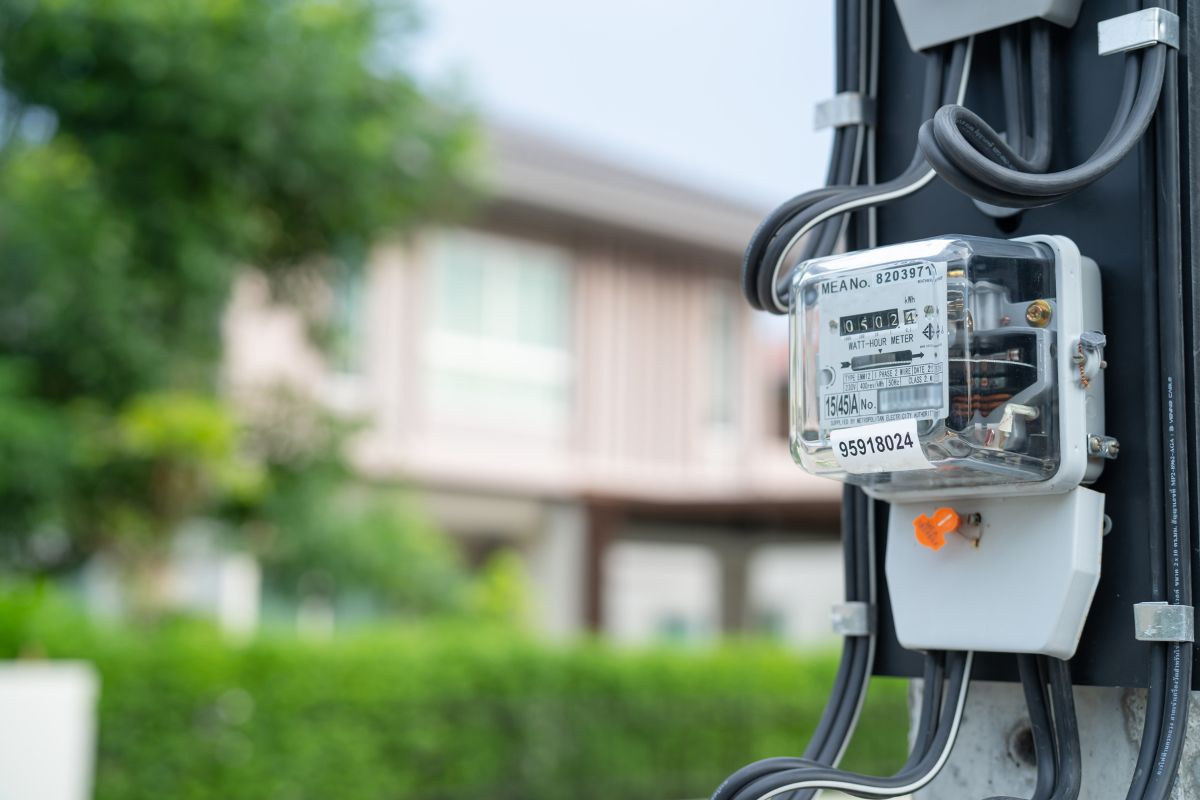What is Power Factor (PF)
Power Factor (Pf) measures the efficiency of electrical power usage in lighting systems. It represents the ratio between real power (measured in watts) and apparent power (measured in volt-amperes or VA). The power factor is calculated by dividing the real power by the apparent power.
In an AC circuit, the power factor is influenced by the phase difference between the voltage and the current. A power factor of 1 indicates that the voltage and current are in perfect synchronization, resulting in efficient power usage. However, in circuits with inductive or capacitive loads, the power factor can be less than 1, indicating a less efficient use of power.
Looking For Motion-Activated Energy-Saving Solutions?
Contact us for complete PIR motion sensors, motion-activated energy-saving products, motion sensor switches, and Occupancy/Vacancy commercial solutions.
A low power factor can result in increased energy consumption, higher electricity bills, and potential issues with electrical equipment. It can also place a greater burden on the power supply infrastructure and lead to inefficiencies in the power grid.
Get Inspired by Rayzeek Motion Sensor Portfolios.
Doesn't find what you want? Don't worry. There are always alternate ways to solve your problems. Maybe one of our portfolios can help.
To improve power factor, power factor correction (PFC) techniques are used. These techniques involve the use of capacitors or other devices to offset the reactive power and bring the power factor closer to 1. By improving the power factor, energy usage can be optimized, and wastage can be reduced.
Frequently Asked Questions
What Is a Good Power Factor Percentage
Power factor is the ratio of true power to apparent power. A good power factor percentage is typically considered to be between 1.0 and 0.95. Power factors below 0.95 are generally considered poor, while those below 0.85 are considered bad.
Can I Install LED Light Without Driver
This driver is responsible for converting the AC power from the mains into a suitable DC voltage to power the LED light. However, there have been advancements in technology, such as the introduction of AC driverless LED bulbs. These bulbs can be directly plugged into the AC mains without the need for any external driver modules.
Which Driver Is Best for LED Lights
Generally, LED drivers have an efficiency rating of around 80-85%. However, the most effective option for running multiple LED bulbs is the UL Class 1 driver.
Can I Use a Higher Wattage Driver for LED
But unlike incandescent bulbs, LED light bulbs produce less heat. Therefore, it is safe to use a higher wattage LED driver if the socket specifies a lower wattage. However, it is important to note that using a high wattage LED driver may not be appropriate for enclosed fixtures.
What Is Considered a Bad Power Factor
Power factor correction is a method that reduces power demand by utilizing equipment and enhances the overall power factor. To achieve a good power factor, it is recommended to maintain a compensation network within the range of 0.95 to 0.98. However, if the power factor operates at a value of 0.85 or lower, it is generally regarded as poor.









